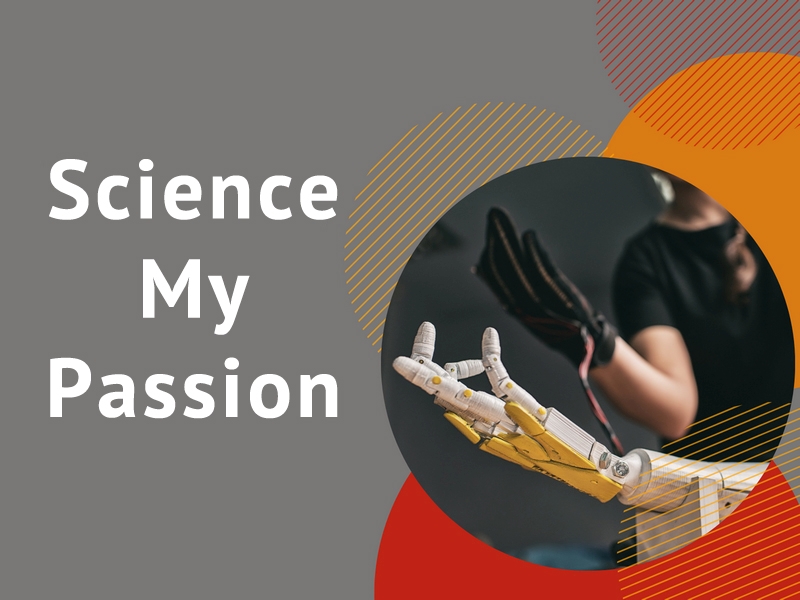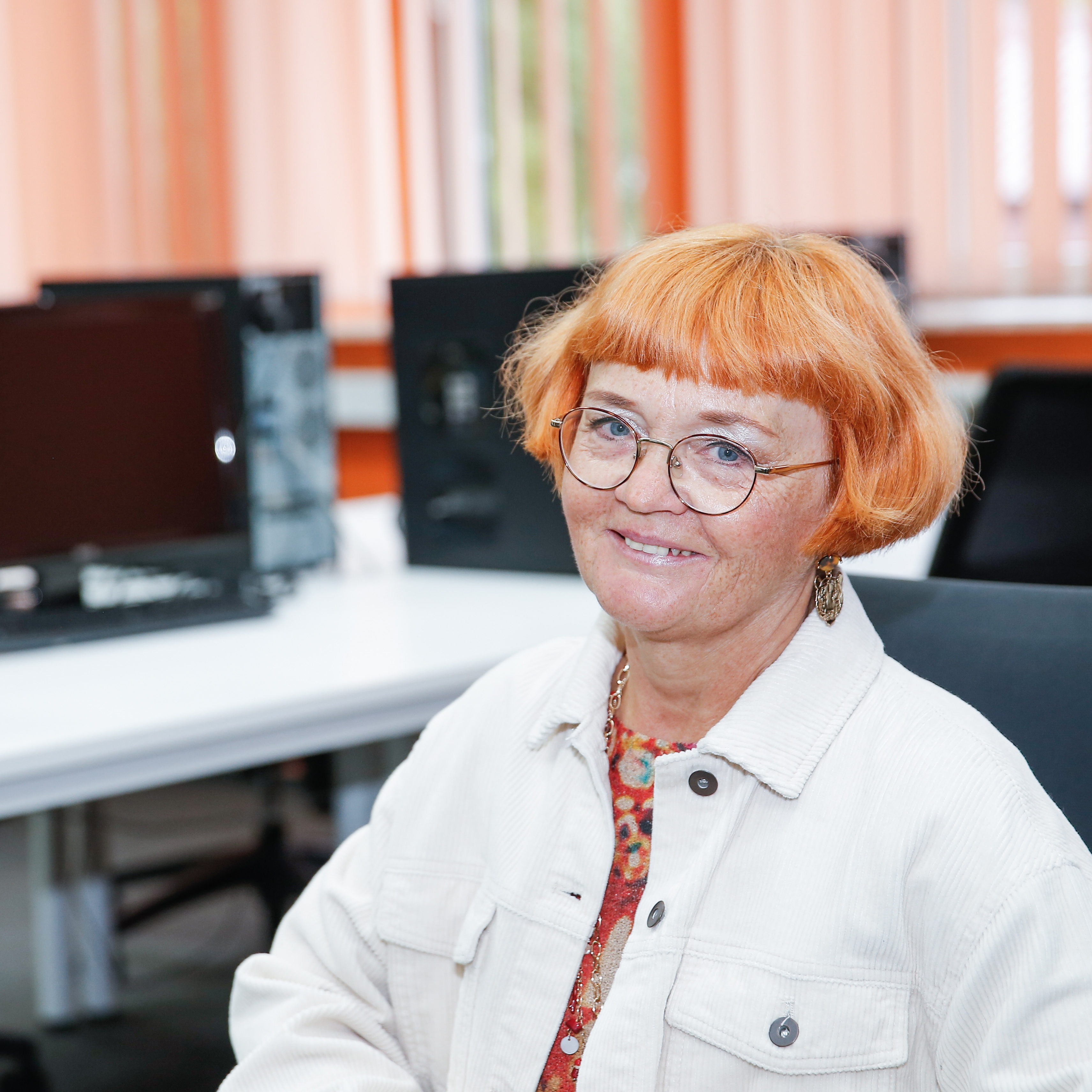SCIENCE | MY PASSION
According to the definition taken from the Polish Language Dictionary, science is complete human knowledge arranged into a system of problems, but also a set of ideas that constitute a systematic whole and comprise a specific research field.
Science is also activity: learning and teaching.
Please read the “Science | My Passion” series, where our researchers present their work and show that science and research process can really draw us in.
Distributed, swarm intelligence
After my first fascination with ant colony optimisation algorithms, I came to discover distributed, swarm intelligence. It sounds awful because the negative associations just spring to mind – a “swarm” of insects, a “herd” of sheep etc. But there is something to it! We can ask ourselves the question of how to make something out of nothing… and something clever on top of that. After all, we are the ones who, like the blind in the desert, are constantly looking for news on the Internet, so how do we know where to look? Who tells us how to navigate through this maze of links? We gain this knowledge through the synergistic effect of network interaction and, of course, through the ingenious Page Rank algorithm (but that is a whole other story). But if there were no communication medium, nothing would come out in this interaction! Is it possible to create from simple individuals a so-called superorganism, manifesting unique abilities (which were previously unnoticed)? All of this is possible through emergence, a productive effect observed, as per usual, in nature. There is a lot we can learn from observing animals when it comes to Computer Science and also with respect to developing a new algorithmic canon of herd intelligence.
Do you remember what symbiosis is? The idea of cooperation based on mutual benefit? When doing my homework at school, I always associated it (this is an analogy from biology, nature in general and observing other living beings) more with parasites who couldn’t really do anything, to be honest. This taught me that it is worth looking at a team through the lens of a single being, an individual, and building up to something bigger from that perspective. That is, we look at some behaviour in biology (the famous biomimicry) and we draw conclusions from it. Spectacular scenes with special effects, in films such as: “The Lion King”, “Finding Nemo”, “The Mummy”, or “The Lord of the Rings” proved how powerful is C. Reynold’s BOIDS algorithm (a model for swarm intelligence).
And so I started to think, to figure things out, and to get a sense of what it was all about….
And what surprised me? What fascinated me? Primarily communication topologies, which apply known connection methods from computer networks to the computer simulation of purely biological behaviour. The question is a basic one: where to draw knowledge from and how to create this intelligence from simple, primitive individuals?
Well, let’s just remember for a second how people plucked feathers in the past and how much gossip surfaced in the village soon after. Having a medium of communication and a way of propagating it e.g. through gossipping, we are able to build quite a metaheuristic pattern (whatever it means).
I love looking for analogies, favouring one mechanism over the other, and then finding completely different communication media, such as echolocation and bioluminescence, in order to piece together something completely new from the jigsaw puzzles gathered earlier.
One of my achievements is that I have infected others, younger and even more committed, with this “disease”. Can jazz and improvisation serve as a basis for a new version of the swarm intelligence system? Of course it can… You can read about it in many works dedicated to the Search for Harmony.
The eternal dream of a human being and the question for the future is what to do to catch the goose that lays the golden eggs without breaking a sweat catching it. The answer is simple – OPTIMISATION. Optimising everything and anything: reducing travel time, the occupancy rate of machines, proper planning of room or machine loads. Today, swarm robots are being created to replace humans in earthquake rescue, to explore our insides in search of cancer cells, in team games, to work on the conveyor belt in industrial facilities. This whole new branch of artificial intelligence has hundreds of other applications, including also controlling autonomous vehicles, drones, etc.
Thank you for reading this article to the end.







